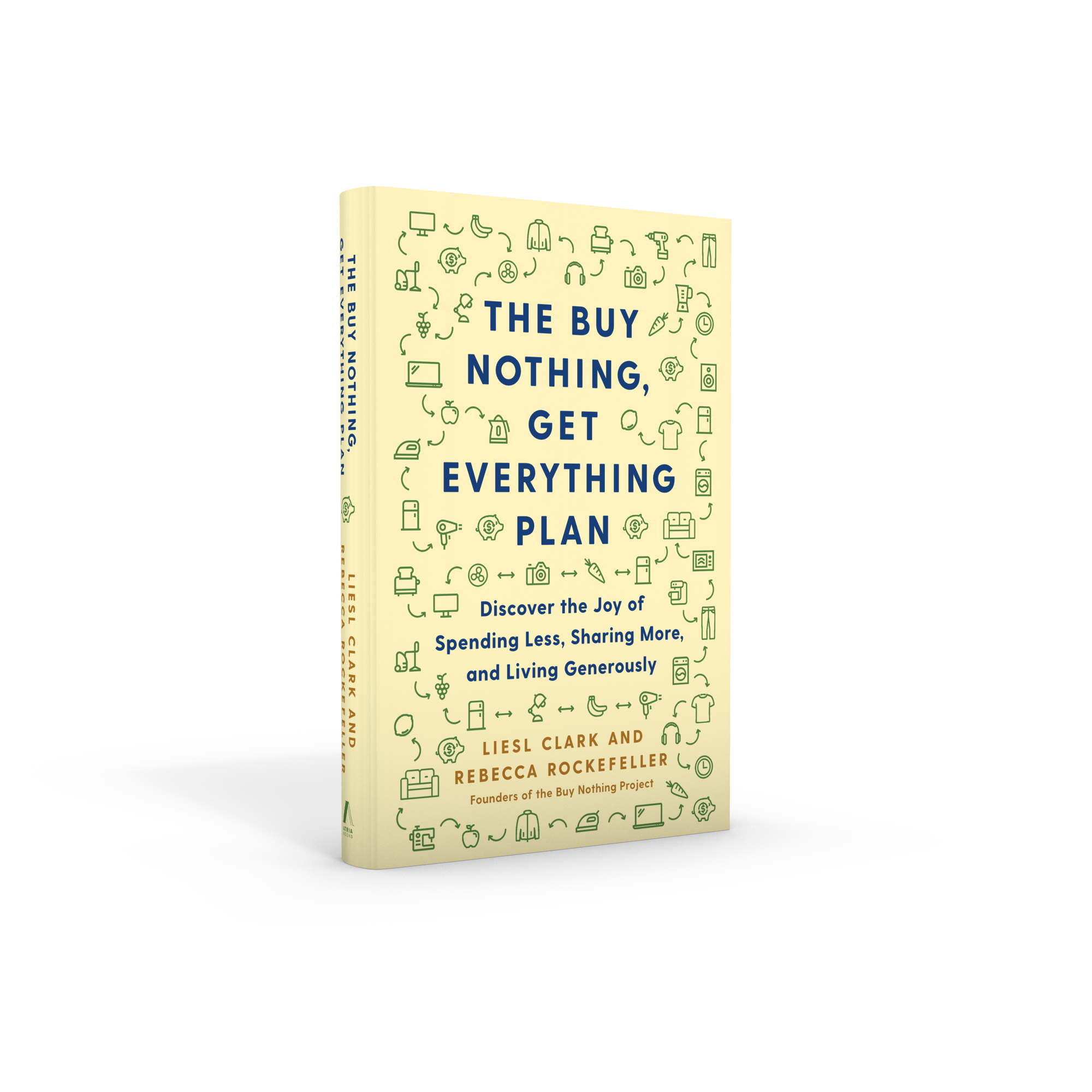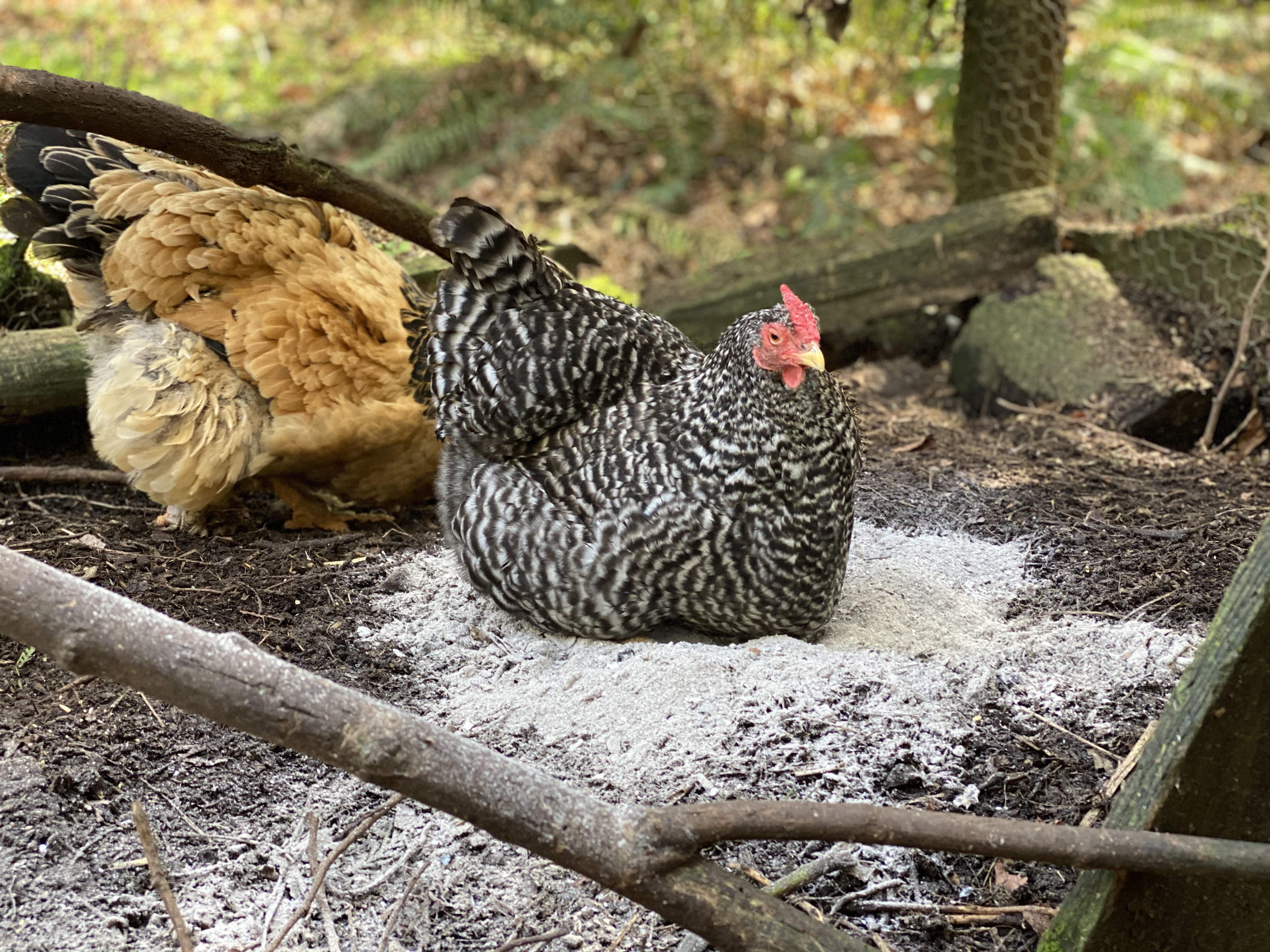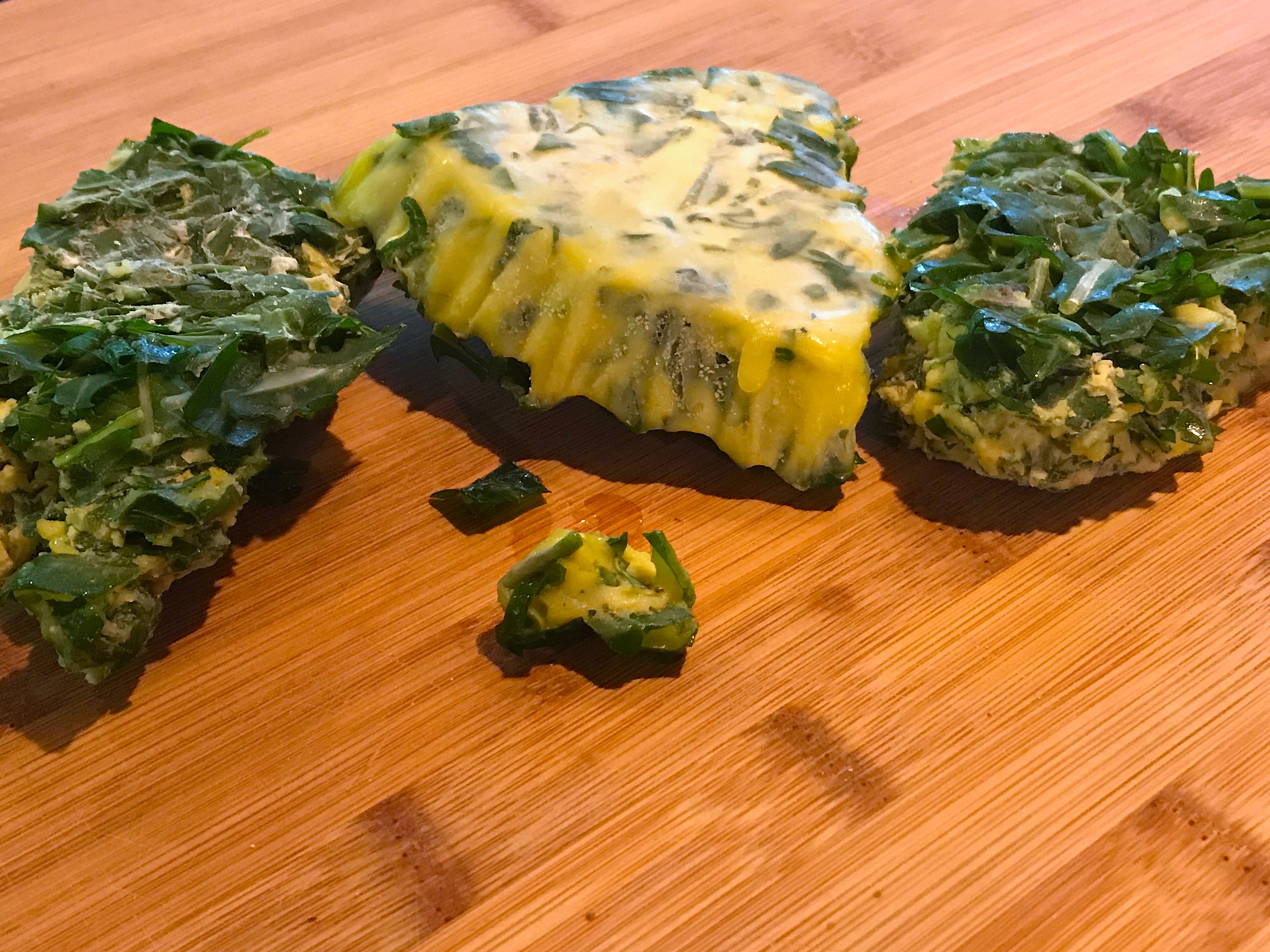From a young age, I’ve dreamed of writing a book. I think I had a small inkling of what that book would be about, so my internal voice has been slowly writing it since I was about 7. I recall wishing I could start a movement where people didn’t have to spend their hard-earned money on the things they needed to live. I wanted to start an everything store where all things were available for free, like cinnamon bread and my own book that I wrote that might help solve people’s problems with money. It was early idealism during a time when I first came to understand there were “haves” and “have-nots” in the world, painful inequities that touched people deeply. But I never truly believed that one day I’d be given the opportunity to write a book, bound together as an offering of ideas lived, and made final. Now that I have a book coming out in a matter of days, one co-written with by my friend, Rebecca Rockefeller, the launching of it is, admittedly, bittersweet. Somehow, we’ve written a book that’s near-impossible to sell. 
The Buy Nothing, Get Everything Plan, with its oxymoron of a title, is an intentional book, a challenge to buy less and share the bounty around us, seeking to further spark a movement Rebecca and I started with the Buy Nothing Project network of local gift economies. Over 6,000 of them have sprung up all over the world with nearly 1.5 million participants. We want to show people how our reliance upon buying things can be turned upside-down if we rely more upon our neighbors, our own ingenuity, and the abundance of our own goods and services we can share in our communities instead. There are ways to Buy Nothing while getting just about everything you want and need.
Our book is due out in bookstores on April 14, 2020, and ironically most bookstores are now shuttered due to orders from our governors and the much-needed imperative to stay home due to COVID-19. The in-person book tour we set up with 9 booksellers along the US West Coast including Seattle, Tacoma, Portland, Oakland, San Francisco, Los Angeles, and San Diego has been cancelled, with the hope that these independent booksellers will host us in the future. Nothing is more important than stopping this virus from spreading further and that means staying at home.
We may call it “social distancing” but what we’re all actually doing is physical distancing while social connecting, weaving our inter-personal connections even tighter, tying people all across the globe together through our simple humanity. By way of virtual creativity, people are now sharing their expertise for free, through videos shared online, via Zoom gatherings, on their Facebook feeds, over YouTube, through emailed newsletters, every way they can. From free therapy sessions, workouts, yoga classes, cooking classes, and how to-fix-it tutorials, we’re creating a worldwide shareocracy that’s non-commercialized and offered freely from the heart. Our book is literally about this, a blueprint for sharing of ourselves in times of peace so we can be prepared for times of chaos.

We had no idea the chaos would come so soon. The more we establish these systems of connection with one another, the more we’re capable of achieving en mass, for the common good, in honor of our community, ourselves, and also the environment. But now it’s imperative we take these steps for our very survival. The less we go to the store, the safer we are. The more we can make-do with what we have at home, the more we can reuse, repair, and repurpose, the less we have to run to the store. Stretching what we already have in our homes to meet our needs is not an act of austerity, it’s one of resilience, and we believe that resilience can be had without suffering.
Much of my blogging here, and the conversations we’ve had in the comments and through email, has inspired this book, coming from a desire to simplify and reuse what we already have in abundance surrounding us, rather than going out and buying new. I do hope, ironically, that you’ll – yes – buy the book and read it – feel free to share it – and participate in our call to action to find daily ways for us each to share more and live generously.





















